Colors that have decorated the Kaaba throughout history.. Why did the Prophet Muhammad cover it with a white and red striped kiswah?
Arab ritual: The Kaaba is the qibla for about a quarter of the Earth’s population today. Its sanctification has not ceased before Islam or after its appearance. The interest in her clothing has always been evidence of her deep place in the hearts of believers throughout the ages. But how did the story of the Kaaba’s covering begin and what did it end with?
Historical narratives narrate that Tuba’, the king of Yemen, passed by the Kaaba on his way back from conquering some cities in the Arabian Peninsula. He circumambulated it, then saw in a dream that he should cover it and give it a door and a key. He recommended that she be clothed, and he was the first to do so.
Covering the Kaaba has become a manifestation of pride and prestige among the Arabs, as it is said that Abu Rabi’ah bin Al-Mughirah Al-Makhzoumi, one of the notables of Mecca, used to cover it one year and all of the Quraysh covered it another year. After that, the responsibility for covering the Kaaba was transferred to Qusay ibn Kilab after he defeated Khuza’a and took control of Mecca, and then it was transferred to his sons and grandchildren from the Banu Hashim.
You may also be interested in:
Covering the Kaaba throughout history
The covering of the Holy Kaaba shows the majesty and beauty of the Holy House of God. According to the Al-Azhar Center for Electronic Fatwa, Adnan, the great grandfather of the Prophet Muhammad, peace and blessings be upon him, was the first to partially cover the Kaaba, as he made a covering for it from Yemeni hats, joints, and clothes.
As for the first to completely cover the Kaaba with Yemeni robes, and give it a door and a key, he was King Tuba’ al-Yamani, one of the kings of Himyar in Yemen. His successors after him continued to cover it with leather and cloth.
Why did the Prophet Muhammad cover the Kaaba with a white and red striped covering?
The covering of the Kaaba has passed through many stages throughout history, starting with the era of the Prophet Muhammad, peace and blessings be upon him. After the conquest of Mecca, the Prophet, peace and blessings of God be upon him, did not remove the Quraysh kiswah from the Kaaba, until it caught a spark of fire while one of the women was fumigating it, so he replaced it with a new kiswah made of Yemeni burud, which is white and red striped clothing. This was the first kiswah for the Kaaba during the era of Islam.
During the era of the Rightly Guided Caliphs, the covering of the Kaaba was different. Abu Bakr and Omar covered it with Qabbati, which is a finely woven, white, thin garment made in Egypt. As for Uthman bin Affan, he covered it with two coverings: the first with Yemeni brocade on the day of Tarwiyah, and the second with Egyptian Qabati on the 27th of Ramadan, so that The first to cover the Kaaba with two cloths.
The covering of the Kaaba was made in Egypt since ancient times, and during the era of the Abbasid state, the caliphs were searching for the most skilled weavers to make the covering, and they held solemn celebrations for its journey to the Two Holy Mosques. The making of the covering continued in the city of Tennis in Egypt for six hundred years, and during the reign of the Ottoman Sultan Suleiman the Magnificent, this industry expanded to include Nine Egyptian villages were designated for making the Kaaba kiswah. The Egyptian kiswah factory started from Birkat al-Hajj in the current Al-Marj area, and witnessed huge celebrations that included recitation of the Qur’an and praises of the Prophet.
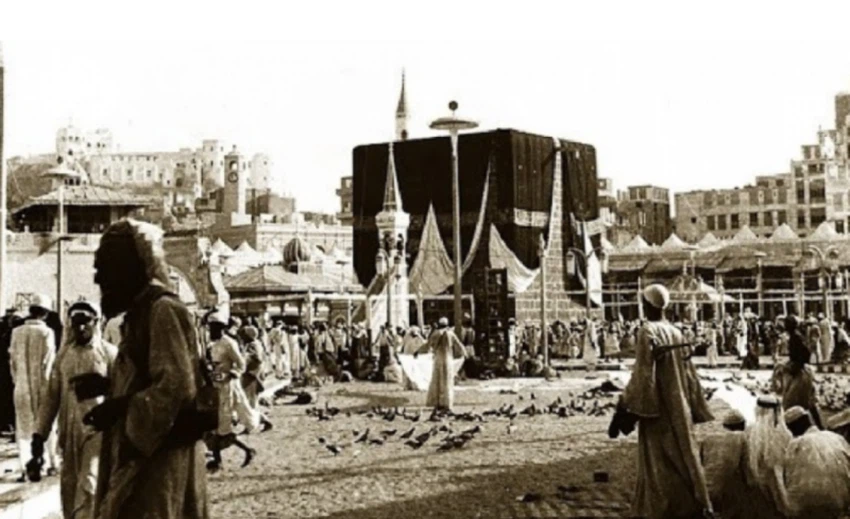
When was the Kaaba covered in black?
The Kaaba’s covering is black on the orders of the Abbasid Caliph Jaafar al-Mutawakkil, after complaints that the splendor of the covering had faded due to excessive wiping with it. The kiswa was made of red silk, then the Abbasid Caliph Al-Nasir ordered it to be clad in green, and finally in black, and the Muslims settled on that.
What to do with the old Kaaba dress?
The old kiswa is subject to appropriate technical preservation procedures to prevent chemical reactions or bacterial infiltration, and it can be requested to be spent on museums or as gifts based on Article 12, second paragraph of the warehouse system. As happened in 1983 AD, the Kingdom of Saudi Arabia donated to the United Nations part of the Kaaba kiswah and it was placed in their main building. in New York.
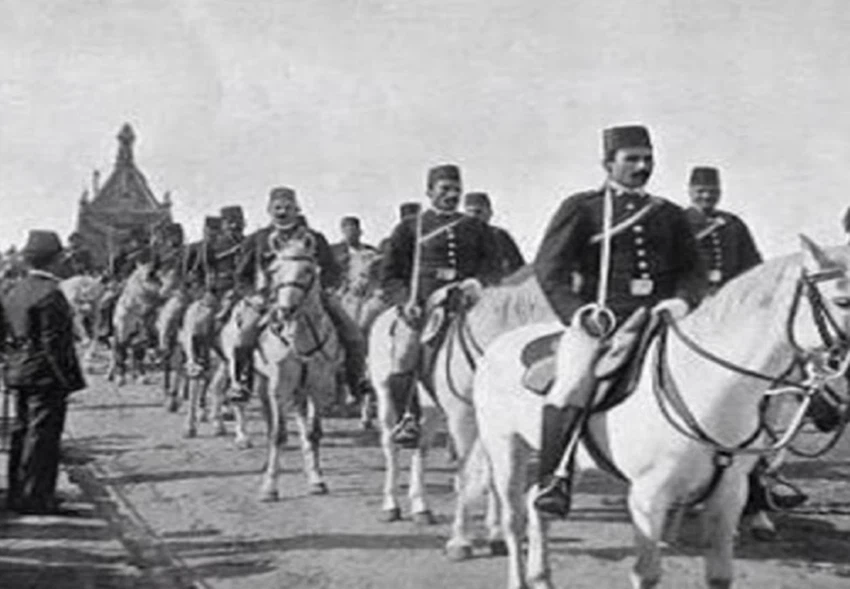

Golden writing on the Kaaba
The kiswa is decorated with golden writing executed using specialized machines, and includes praises and golden lamps such as: “O God,” “Glory be to God and praise be to Him,” “Glory be to God the Great,” “O Dayan,” “O Mannan,” and “There is no god but God and Muhammad is the Messenger.” God". This process takes 6 to 8 months, and the kiswah weighs 850 kilograms, divided into 47 pieces of cloth, 98 cm wide and 14 meters high, embroidered with gold and silver threads.
The cost of covering the Kaaba
The cost of the Kaaba kiswah is about 20 million Saudi riyals annually, and it is woven and embroidered at the King Abdulaziz Kaaba Kiswah Complex in Mecca. The stages of changing the kiswah begin with taking down the old kiswah and covering the Kaaba with the new kiswah, which consists of four divided sides and a door curtain. Each side is raised separately and secured by tying it and lowering the other end. Then the process is repeated for each side until the cladding is complete, then the belt is weighed on a straight line for the four sides and sewn.
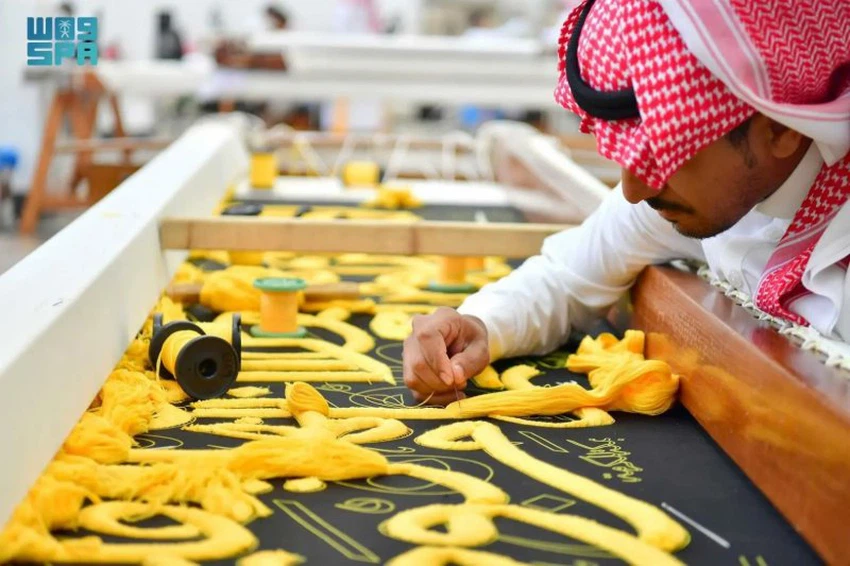
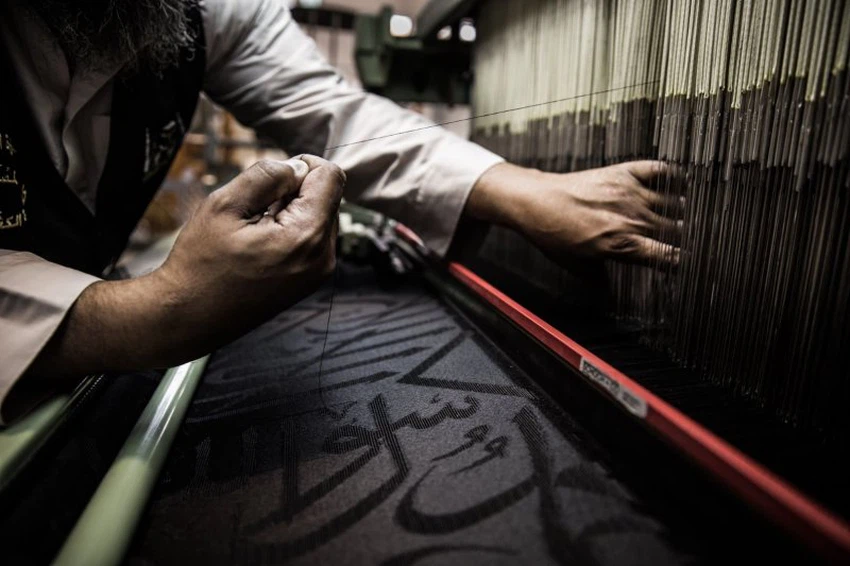
Stages of covering the Kaaba
The process begins from the hatim side, due to the presence of the gutter, which requires a special opening at the top of the garment. After installing all the sides and corners, the curtain is carefully placed, by making a hole of approximately one size in the black fabric. Finally, the ends are fixed by sewing them, and the door curtain of the Holy Kaaba is placed, which is one of the most difficult stages of the change process. After completion, the Kaaba garment, lined with sturdy pieces of white cloth, is raised about three meters high from the marble base of the Kaaba (Shadhrawan), a process known as “Ihram of the Kaaba.”
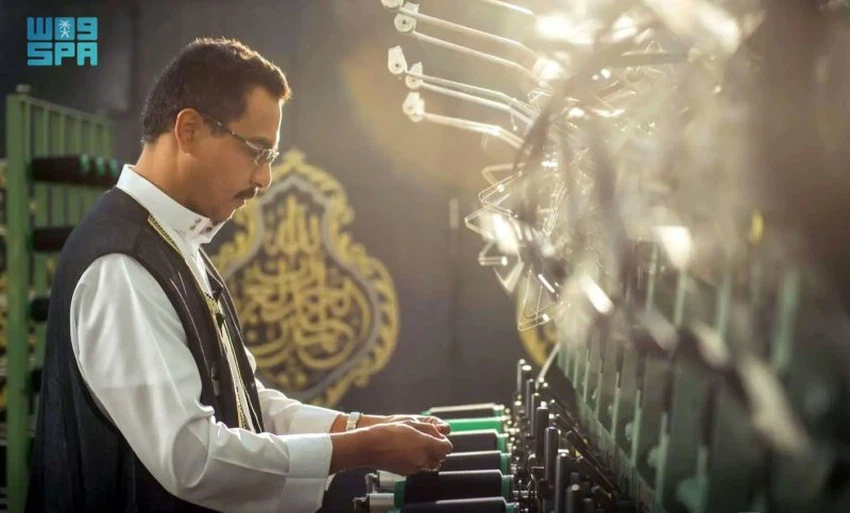
You may also be interested in:
An Arab city welcomes autumn in the midst of summer
On the Hijri New Year.. How was the weather part of the Muslims’ journey throughout history?
Sources:
Websites
Arabia Weather App
Download the app to receive weather notifications and more..



